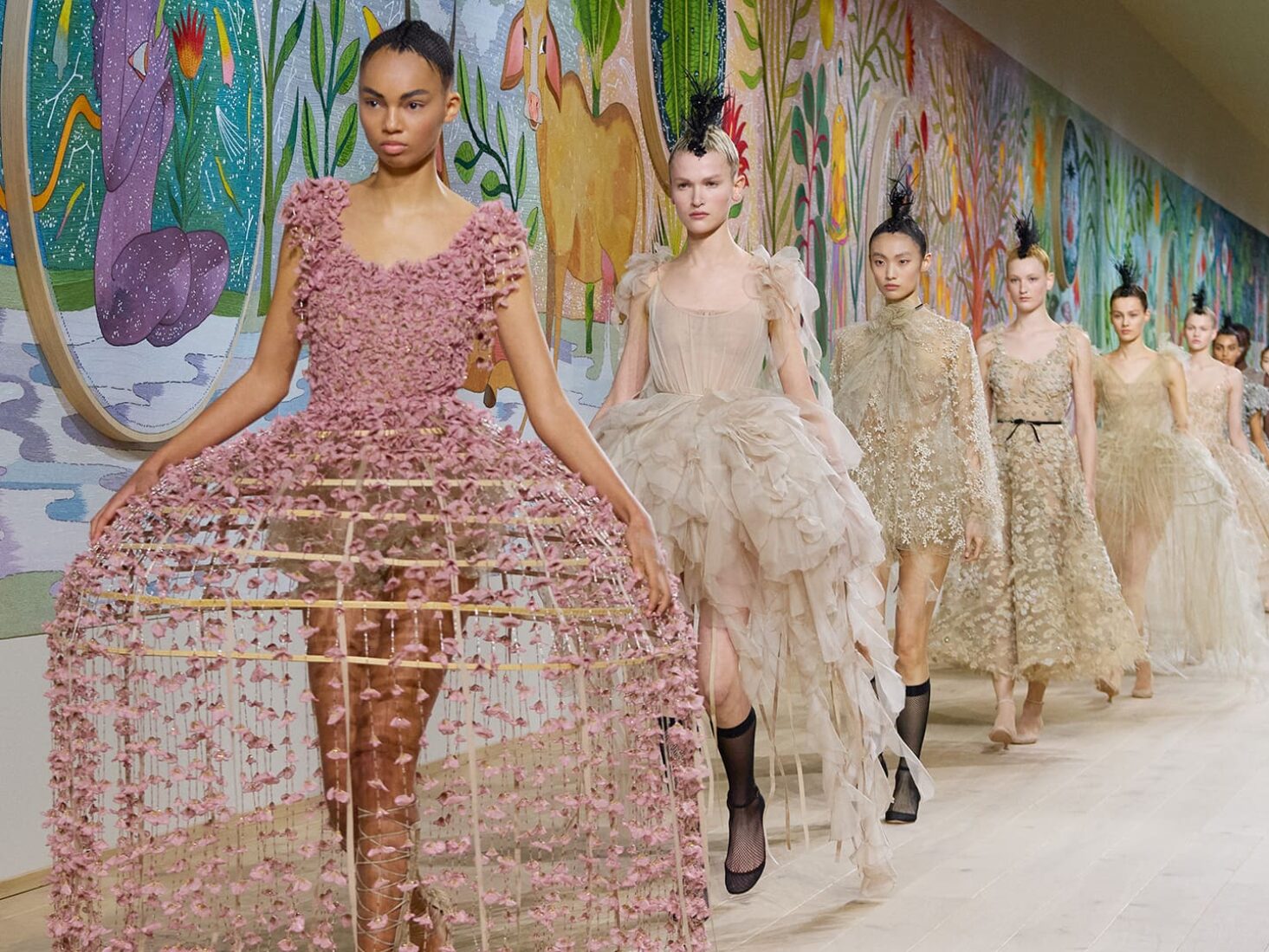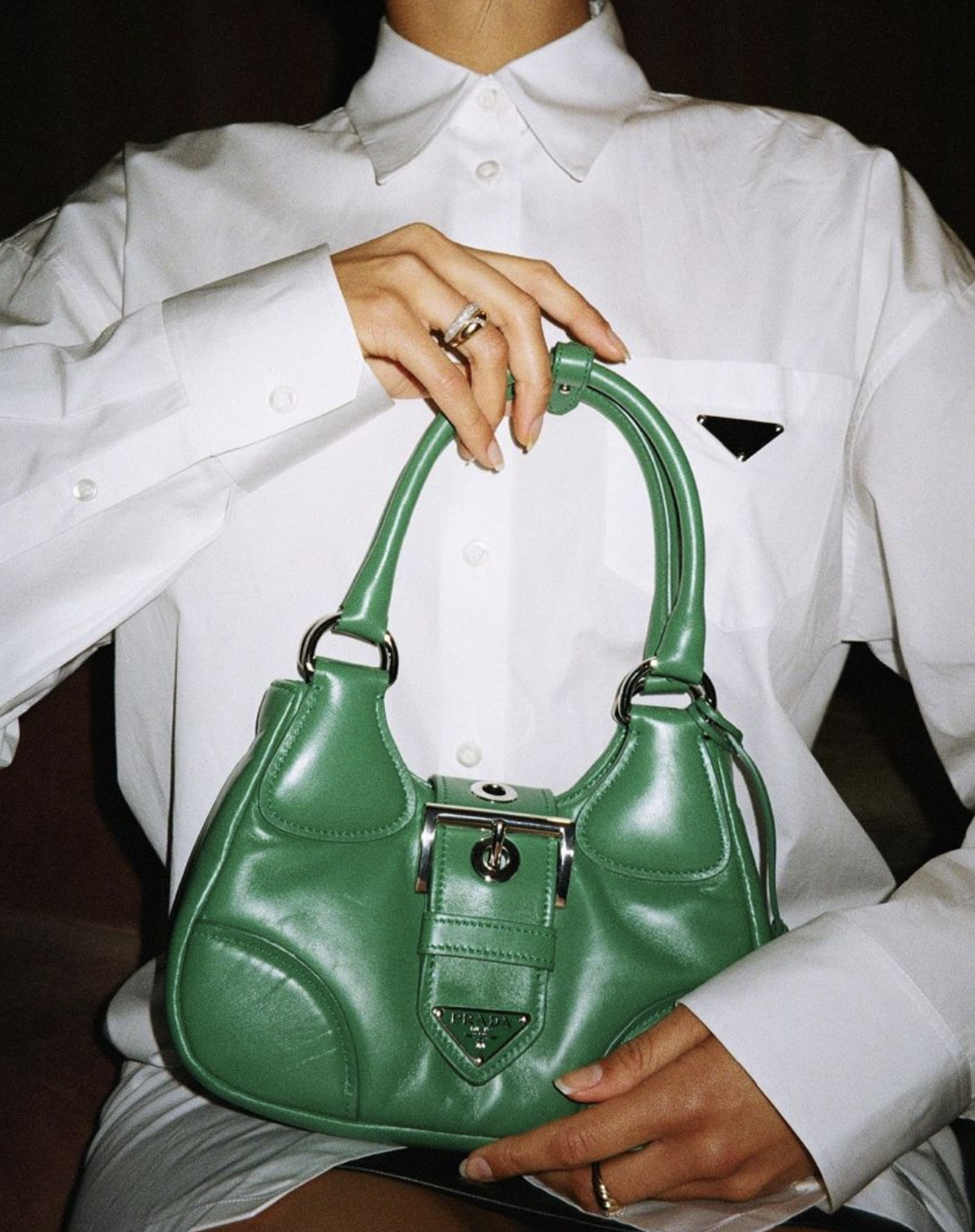Christian Dior is recognized as a pivotal personality in the chronicles of fashion history. His revolutionary vision shaped the period after the war and keeps shaping the industry’s appearances, commercial strategies, and cultural impact. To understand Dior’s tremendous significance, it is crucial to explore his creations, his influence on social standards, his brilliance in marketing, and the enduring legacy associated with his name.
The “New Image” and Its Revolutionary Transformation of Fashion
When Christian Dior unveiled his debut collection in 1947, the world was still gripped by the austerity of World War II. Fabric rationing and the utilitarian styles of the period left little room for extravagance or feminine elegance. Dior’s inaugural collection, later dubbed the “New Look” by Harper’s Bazaar’s editor Carmel Snow, radically departed from prevailing trends. Characterized by nipped waists, rounded shoulders, and voluminous skirts, Dior restored opulence and femininity to women’s wardrobes.
Este enfoque de diseño no fue simplemente una elección estética, sino también un indicador cultural. Las siluetas de Dior realzaban la figura femenina, contrastando con las líneas cuadradas de la ropa de guerra. Esta riqueza visual y material no solo revitalizó el mercado apagado de la posguerra, sino que también estableció un nuevo estándar para los ideales de belleza de la época. Estos diseños pronto se convirtieron en una guía tanto para la alta costura como para el sector de la ropa lista para usar a nivel mundial.
Reengineering the Economics and Geography of Haute Couture
Christian Dior’s impact extended beyond design. With strategic acumen, he modernized the business of fashion. Dior was among the first designers to conceptualize the modern fashion house as a global brand. He introduced licensing for accessories, perfumes, and cosmetics, creating diversified revenue streams and expanding the brand’s reach far beyond the couture salon in Paris.
Creating stores in locations like New York, Caracas, and London, Dior expanded the reach of Parisian fashion globally. His visionary approach played a key role in reviving Paris’s status as the center of haute couture, which had diminished during the war because of the German occupation and being cut off from international markets. The financial approach initiated by Christian Dior set the standard for future fashion brands aspiring to surpass geographical and demographic boundaries.
Impact on Gender, Society, and Cultural Dynamics
Dior’s “New Look” was more than an artistic innovation—it was a direct commentary on gender and the changing socio-cultural fabric of the late 1940s. The exaggerated hourglass shape was at once comforting and controversial. Some critics argued it was regressive, reviving constraining ideals of femininity. Yet for many, Dior’s creations symbolized liberation from wartime drabness, offering women the choice to embrace beauty and self-expression.
This contrast emphasizes Dior’s profound involvement in viewing fashion as a driving force in society. His fashion presentations turned into significant cultural occasions, attracting celebrities, nobility, and members of the press. Dior converted the fleeting realm of high fashion into a communal experience, employing fashion as a means for social critique and cultural rejuvenation.
Guidance and the Development of Future Talent
The influence of Christian Dior extends beyond his fashion creations and entrepreneurial advances. As a guide, he played a crucial role in starting the careers of several prominent designers from the 20th century, especially Yves Saint Laurent. Dior’s encouragement of new talents fostered a culture of cultivating creativity in the sector, guaranteeing that the fashion house continued to be a center for innovation well after his premature passing in 1957.
Each new creative director of Dior has engaged with the founder’s codes, reinterpreting them for contemporary audiences while retaining a link to the house’s origins. This respect for both heritage and innovation has made Dior a continual touchstone for designers worldwide.
The Enduring Worldwide Influence of Dior
Currently, the name Christian Dior goes beyond the realm of fashion, symbolizing sophistication, opulence, and strength. The ongoing popularity of the brand is evident through its strong sales figures, spectacular couture presentations, and impactful international marketing efforts. Museums and exhibits commit significant energy to examining Dior’s creations, highlighting his lasting significance in visual arts.
Dior’s story encapsulates the power of artistry allied with business acumen to transform not simply garments, but cultural mores and economic realities. As fashion continually evolves, the foundational work of Christian Dior provides both a blueprint and a challenge: to redefine style in ways that reflect and shape the world in which we live.



